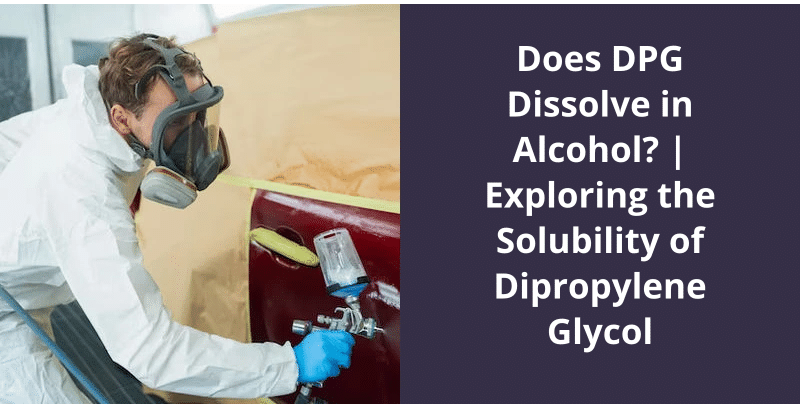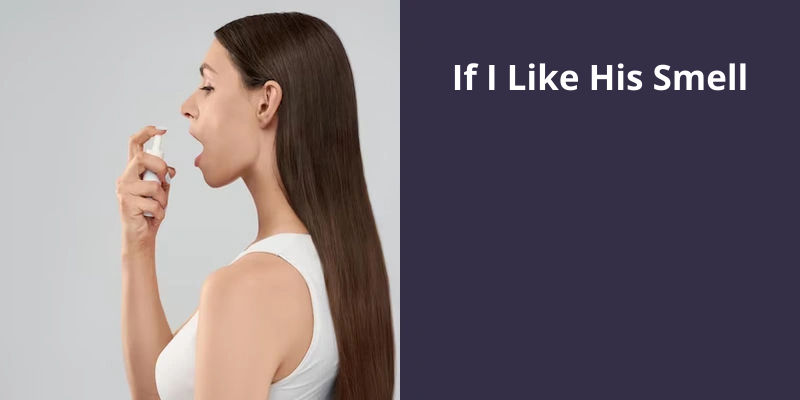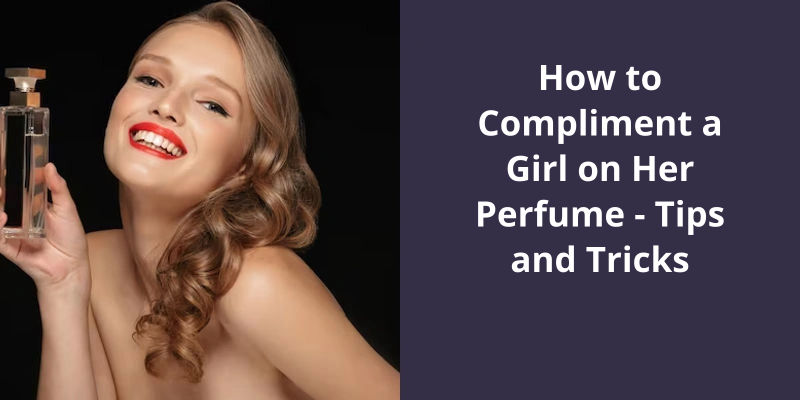Yes, DPG, or Dipropylene Glycol, dissolves in alcohol. It’s a colorless, odorless, and hygroscopic liquid that’s often used in a variety of industries, including perfumes and cosmetics. The solubility of DPG in alcohol makes it a useful agent for diluting and carrying fragrances, as it mixes well with alcohol-based solutions and doesn’t alter the scent. Its amalgamation with these alcohol-based solutions helps in creating a stable base for the product. So, whether you are in the perfume industry or simply a DIY enthusiast, the miscible nature of DPG in alcohol can certainly be beneficial.

Is DPG Soluble in Oil?
Dipropylene glycol (DPG) is a viscous, colorless and odorless liquid with a high boiling point of 232°C. It’s a versatile chemical that finds many applications across industry verticals, including cosmetics, pharmaceuticals, plastics, and solvents. One of the key properties of DPG that makes it so adaptable is it’s excellent solvency power. It can dissolve various substances such as resins, oils, waxes, and dyes.
Among the many materials that DPG can dissolve, oils are one of the most important. This property makes it an essential ingredient in many cosmetic and personal care products, including lotions, creams, and hair care products. DPG can enhance the solubility of fragrances, emulsifiers, and other active ingredients in oil-based formulations.
Unlike some other solvents, DPG isn’t flammable or volatile. This makes it a safer and more stable alternative to many other organic solvents. However, it’s still important to handle DPG with care and follow proper safety protocols when handling it. Additionally, it’s essential to source DPG from reputable suppliers who can provide high-quality, pure material that meets specific industry standards.
It’s solvency power makes it a valuable component of many products across multiple industries.
The Benefits of Using DPG as a Solvent in the Cosmetics Industry
- DPG is non-toxic and safe for use in cosmetics.
- It’s an excellent solvent for fragrances and essential oils.
- DPG helps to improve the consistency and texture of cosmetic products.
- It’s a low evaporation rate, which means the scent of products lasts longer.
- DPG is a versatile solvent that can be used in a wide range of cosmetic products.
- It’s compatible with a variety of other cosmetic ingredients.
- DPG is easily available and cost-effective for manufacturers.
Now that we’ve a better understanding of what DPG is and it’s uses, let’s explore how it can be mixed with fragrance oil.
How Do You Mix DPG With Fragrance Oil?
When mixing DPG with fragrance oil, it’s important to carefully measure out the correct ratios in order to achieve the desired scent profile. First, determine the amount of fragrance oil you want to use and multiply that by 0.5 to get the amount of DPG needed.
When mixing DPG with fragrance oil, it’s also recommended to wear gloves to prevent any skin irritation or allergic reactions. DPG can be slightly irritating to the skin, so it’s important to handle it with care.
After the fragrance oil and DPG are fully mixed, it’s important to store the mixture in a cool, dry place away from direct sunlight. This will help to prevent any degradation of the scent profile.
With the correct ratios and mixing techniques, DPG can be a great cutting agent that helps to create a longer-lasting and more evenly distributed scent in a variety of products, from incense to candles.
Benefits of Using DPG as a Cutting Agent in Fragrance Blends
DPG (dipropylene glycol) is a common ingredient used as a cutting agent in fragrance blends. It offers several benefits, including enhancing the scent throw, increasing the longevity of the fragrance, and improving the overall stability of the blend. DPG is also a skin-friendly ingredient and is less likely to cause irritation compared to other cutting agents. It’s low odor profile makes it an advantageous option for fragrances where the goal is to keep the focus on the primary scent notes rather than the cutting agent.
Conclusion
However, DPG is insoluble in water, which limits it’s potential use in aqueous solutions. The solubility of DPG in alcohol offers versatility and stability in formulations, allowing for precise control over viscosity and desired characteristics.





